Find Help
More Items From Ergsy search
-
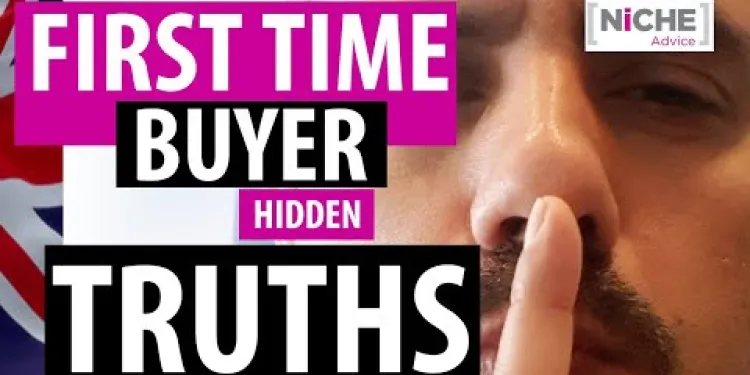
First Time Buyer UK - Own Outright vs Help to Buy vs Shared Ownership
Relevance: 100%
-
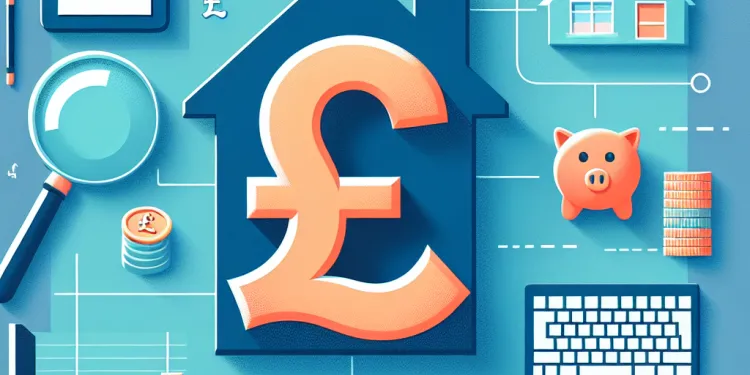
How does Stamp Duty affect shared ownership properties?
Relevance: 44%
-
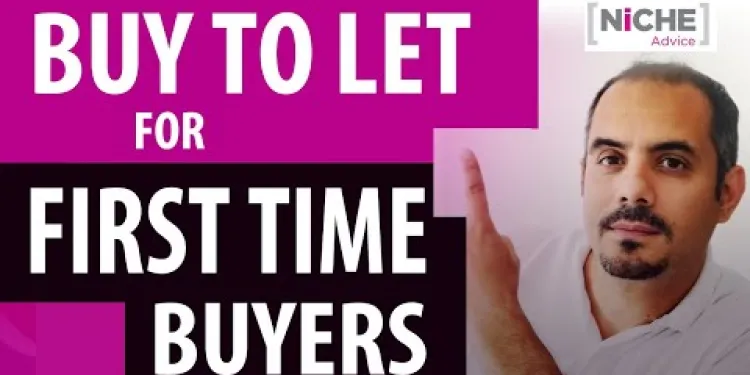
First Time Buyer Buy to Let Finance Options. Lending Criteria on Mortgage and Bridging Finance
Relevance: 36%
-

House Prices Soar: First-Time Buyers Share Their Stories
Relevance: 34%
-

Is there a Stamp Duty exemption for first-time buyers in the UK?
Relevance: 32%
-

First Time Buyer Buy to Let Finance Options. Lending Criteria on Mortgage and Bridging Finance
Relevance: 31%
-

Leasing VS Buying a Car: Watch this before you buy a car and make the wrong choice!
Relevance: 27%
-
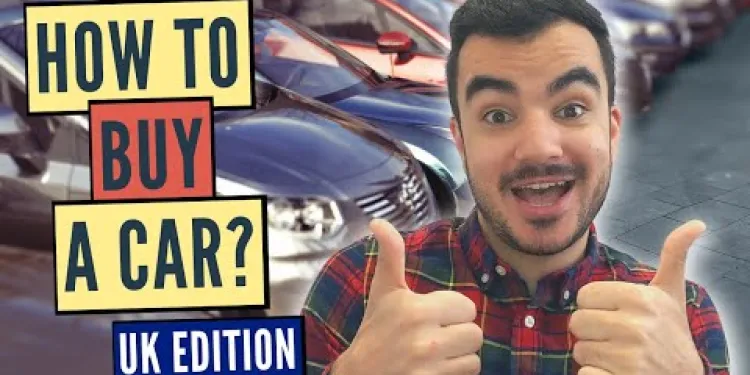
How to Buy a Car UK | Pros and Cons | PCP vs HP vs Leasing
Relevance: 25%
-
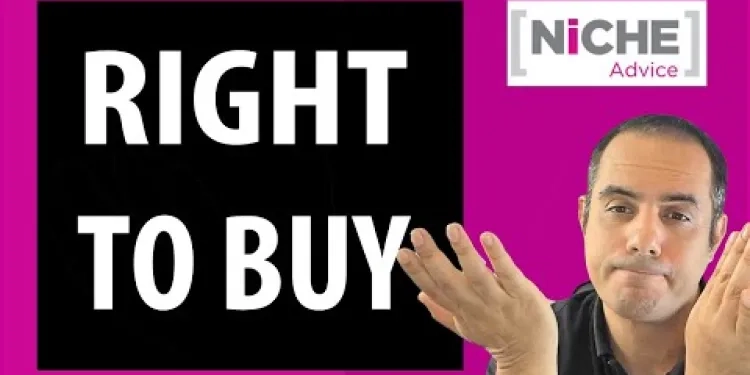
RIGHT TO BUY MORTGAGE - LET ME SAVE YOU TIME AND MONEY
Relevance: 25%
-

How to Buy property with your children under the age of 18 and get Buy to Let Mortgage.
Relevance: 24%
-
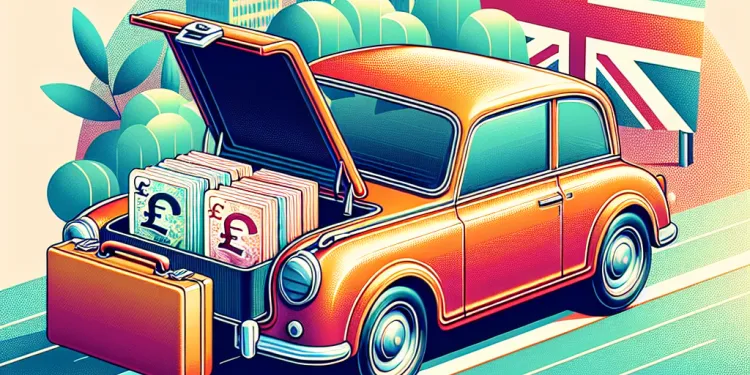
Does buying a car with cash have advantages?
Relevance: 24%
-

Are there any grants in the UK to help me buy an electric car?
Relevance: 21%
-

Can a company refuse to register a share transfer?
Relevance: 21%
-

What is the current threshold for Stamp Duty in the UK?
Relevance: 18%
-
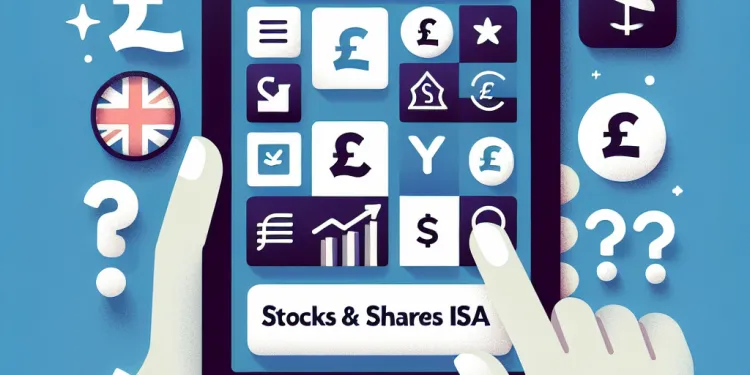
Are there fees associated with Stocks & Shares ISAs?
Relevance: 18%
-
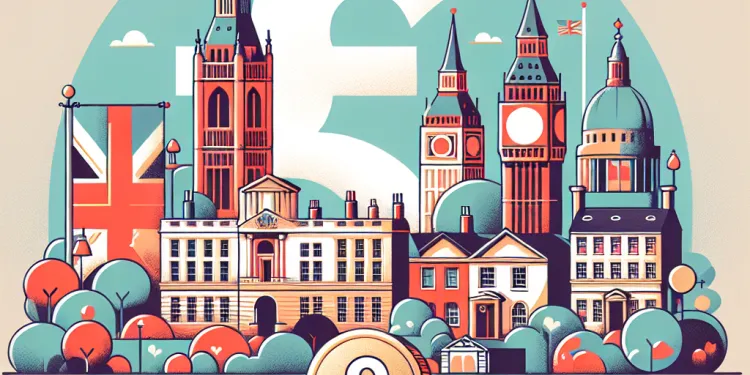
When is Stamp Duty payable in the UK?
Relevance: 18%
-

Are first-time buyers affected differently by interest rate changes?
Relevance: 18%
-
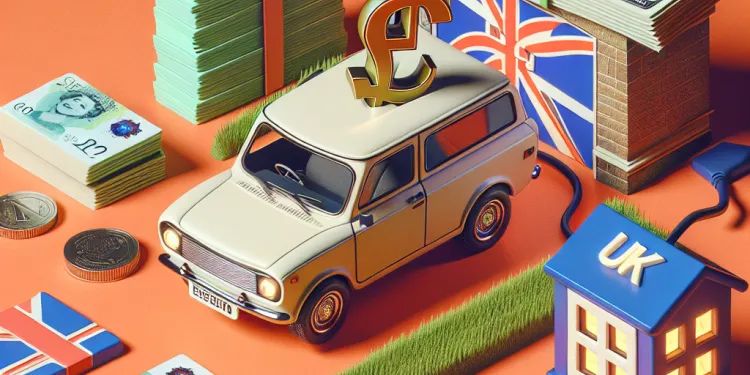
What should I consider when buying an electric car regarding grants?
Relevance: 18%
-

Can I buy a Nissan electric vehicle in the UK?
Relevance: 18%
-
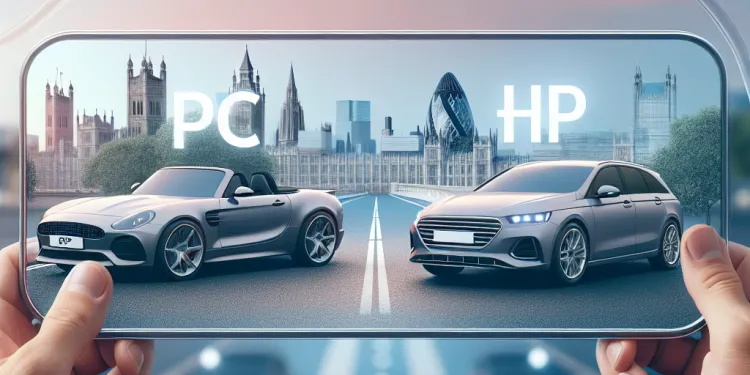
What is the difference between PCP and HP when buying a car in the UK?
Relevance: 17%
-

How can I buy Bitcoin or XRP?
Relevance: 17%
-
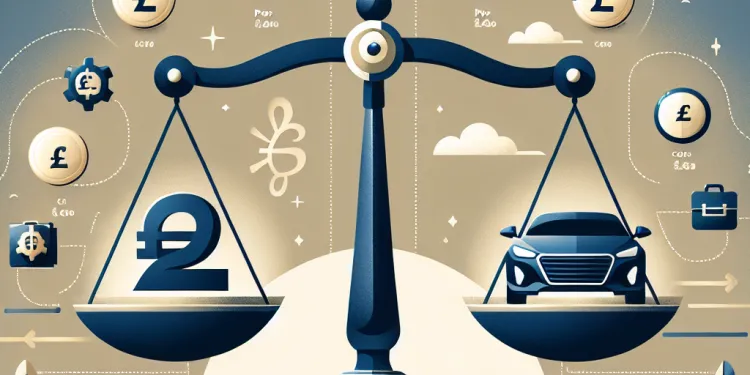
What are the pros and cons of leasing a car?
Relevance: 17%
-
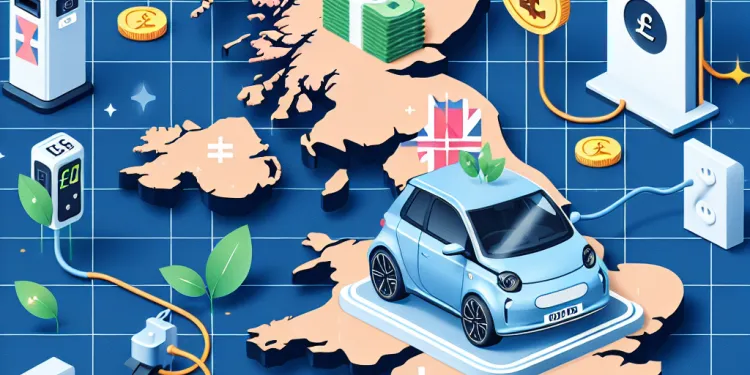
Are there tax benefits for owning an electric car?
Relevance: 16%
-
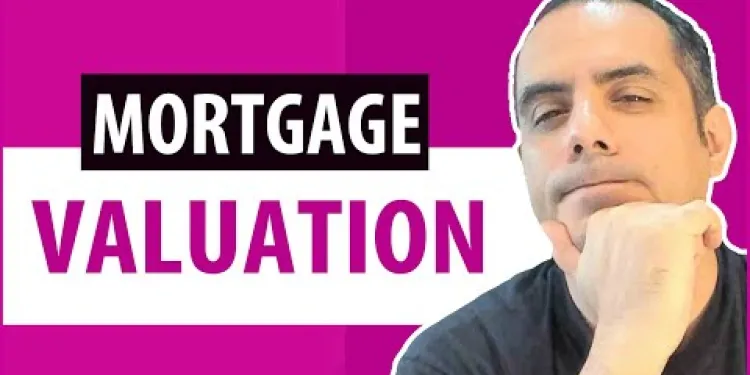
Can Mortgage lenders work from my own Survey Valuation Report?
Relevance: 16%
-
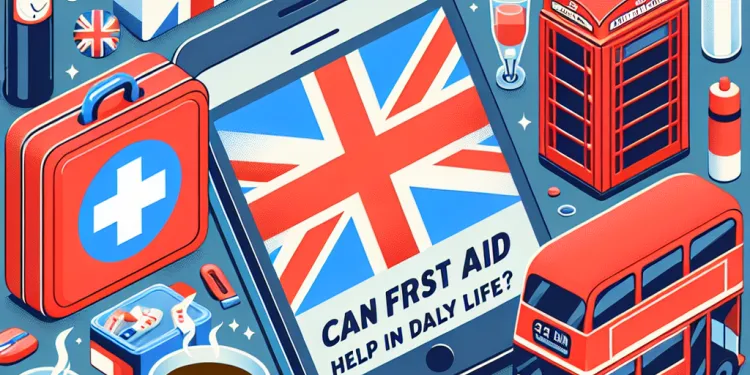
Can first aid skills help in daily life?
Relevance: 16%
-
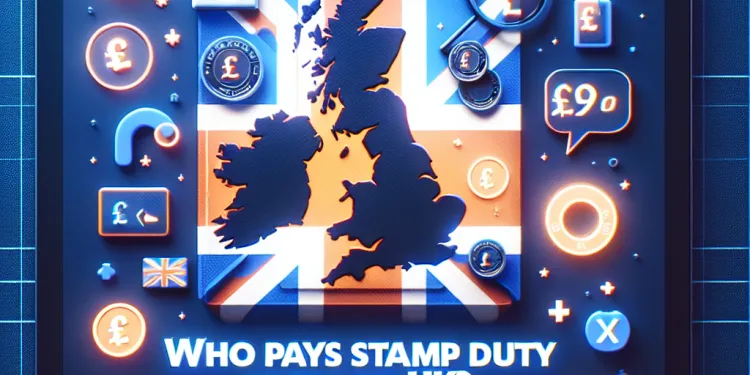
Who pays Stamp Duty in the UK?
Relevance: 16%
-

What is Stamp Duty Land Tax (SDLT)?
Relevance: 16%
-

Will I be in a shared or single cell?
Relevance: 16%
-

Can I withdraw money from my ISA any time?
Relevance: 16%
-

What are the main advantages of PCP over HP?
Relevance: 15%
-

Should I share the results of my self-tests with my eye doctor?
Relevance: 15%
-

How does a buy-sell agreement help in resolving disputes?
Relevance: 15%
-

Can HPV go away on its own?
Relevance: 15%
-

What is Stamp Duty in the UK?
Relevance: 15%
-

How is Stamp Duty calculated in the UK?
Relevance: 15%
-
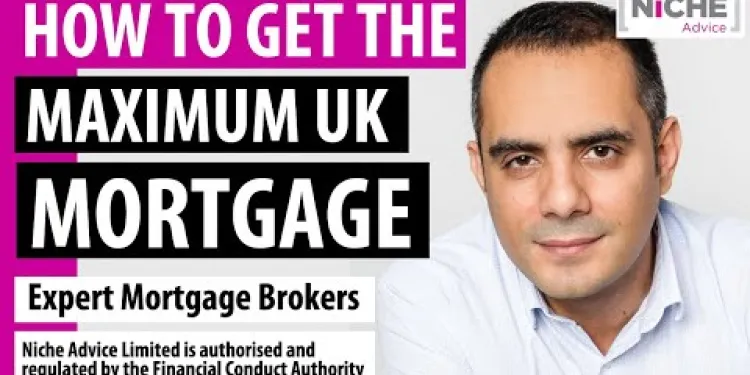
Getting the maximum mortgage in the UK
Relevance: 15%
-

Do I need to bring anything to a first aid course?
Relevance: 15%
-

When would HP be more beneficial than PCP?
Relevance: 15%
-

Is it possible to buy additional pension benefits as a firefighter?
Relevance: 15%
-
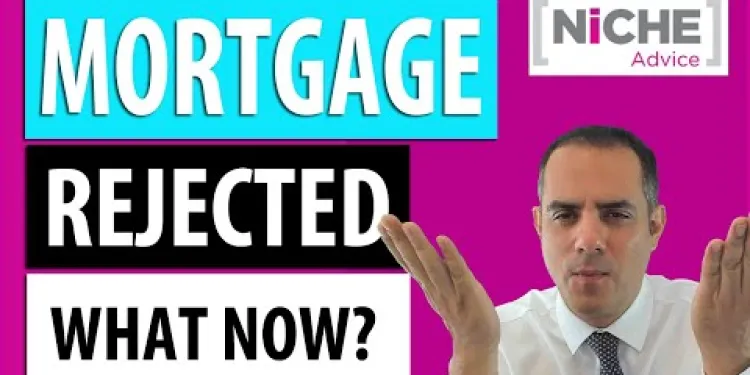
Turned down for a mortgage? Find out why and what to do
Relevance: 14%
First Time Buyer UK: Own Outright vs. Help to Buy vs. Shared Ownership
Purchasing your first home in the UK can be a daunting task, especially given the array of schemes and options available to first-time buyers. Understanding the differences between owning a property outright, the Help to Buy scheme, and Shared Ownership is crucial in making an informed decision.
Owning Outright
Owning a property outright means purchasing it in full, either with savings or a mortgage loan that you will pay back over time. This option gives you full control over your property, with no ongoing payments beyond the initial purchase price and related expenses, like stamp duty or legal fees. While it provides ownership freedom, it also requires significant financial resources. A substantial deposit is typically expected by mortgage lenders, usually around 5-20% of the property price. Owning outright can be challenging for first-time buyers, especially in high-demand areas where property prices are steep.
Help to Buy
The Help to Buy scheme is a government initiative aimed at assisting first-time buyers. It allows you to purchase a new-build home with just a 5% deposit. Under this scheme, the government provides an equity loan of up to 20% (40% in London) of the property value. This means you only need to secure a mortgage for 75% of the purchase price. The equity loan is interest-free for the first five years. However, it's essential to consider that you will need to repay the loan within 25 years or when you sell the property, whichever comes first, and its value is linked to the market value of your home.
Shared Ownership
Shared Ownership is another government-backed scheme that enables you to purchase a share (usually between 25% and 75%) of a property while paying rent on the remaining share to a housing association. This option requires a smaller deposit compared to buying outright and involves lower mortgage repayments due to purchasing just a portion of the home. Over time, you can "staircase" by buying additional shares, increasing your ownership to 100%. Shared Ownership can be an affordable route for those unable to afford full ownership immediately, though it's crucial to factor in potential rent increases and the additional costs of purchasing further shares.
In conclusion, each option - owning outright, Help to Buy, and Shared Ownership - presents unique advantages and challenges. As a first-time buyer in the UK, it is vital to assess your financial situation, long-term goals, and the specific advantages and risks of each scheme before deciding on the best path to homeownership. Consulting with a financial advisor or mortgage broker can also provide personalized guidance based on your circumstances.
First Time Buyer UK: Buying a Home Outright vs. Help to Buy vs. Shared Ownership
Buying your first home in the UK can feel hard. There are many choices for first-time buyers. It helps to understand the differences between owning a home outright, the Help to Buy scheme, and Shared Ownership.
Owning Outright
When you own a home outright, you pay for it all at once. You might use savings or get a loan called a mortgage that you pay back over time. Owning outright means you have full control of your home. You do not have payments after you buy it, except for costs like taxes or lawyer fees. However, this option needs a lot of money upfront. Usually, banks want you to pay at least 5-20% of the home’s price as a deposit. Owning outright might be hard for first-time buyers, especially where homes cost a lot.
Help to Buy
The Help to Buy scheme helps first-time buyers get a home. You can buy a new home with just a 5% deposit. The government lends you up to 20% of the home's price (40% in London). This means you only need a mortgage for 75% of the home’s price. You do not pay interest on the government's loan for the first five years. But remember, you must pay back this loan within 25 years or when you sell your home. The loan amount changes with the value of your home.
Shared Ownership
Shared Ownership lets you buy a part of a home, usually between 25% and 75%. You pay rent on the part you do not own to a housing association. It needs a smaller deposit than buying outright. Mortgage payments are lower because you are buying a part of the home. You can buy more shares of the home over time until you own all of it. This is called "staircasing." Shared Ownership can be a good way to own a home if you cannot buy outright, but remember rent can go up and there are extra costs when buying more shares.
In conclusion, owning outright, Help to Buy, and Shared Ownership each have their own pros and cons. As a first-time buyer in the UK, check your finances, think about your future goals, and look at each option carefully to decide what is best for you. Talking to a financial advisor or mortgage broker can also give you advice based on your situation.
Frequently Asked Questions
What is the difference between buying outright and using Help to Buy?
Buying outright means purchasing a property with your own funds or a traditional mortgage without any assistance. Help to Buy is a government scheme that provides an equity loan to boost your deposit, making it easier to get a mortgage and buy a new build home.
How does the Help to Buy equity loan work?
The Help to Buy equity loan allows you to borrow up to 20% (40% in London) of the purchase price of a new build home. You only need a 5% deposit and a 75% mortgage for the rest. The loan is interest-free for the first five years.
What is shared ownership?
Shared ownership is a scheme that allows you to buy a share of a property and pay rent on the remaining share. You can purchase additional shares over time, a process known as staircasing, until you own the property outright.
Who is eligible for Help to Buy in the UK?
Eligible buyers must be first-time buyers purchasing a new-build property valued at less than the regional price cap. Additionally, you must not own any other property at the time of purchase.
Can I use Help to Buy for an existing property?
No, Help to Buy is only available for the purchase of new build homes.
What are the advantages of shared ownership?
Shared ownership can make it easier to get onto the property ladder with a smaller deposit and mortgage. It also allows you to gradually increase your ownership stake over time while paying reduced rent.
Are there any drawbacks to using shared ownership?
Potential drawbacks include paying both rent and mortgage, being responsible for 100% of maintenance costs even if you own a smaller share, and potential complications or fees when selling the property.
What happens if I sell my home with a Help to Buy loan?
When you sell your home, you'll need to repay the Help to Buy loan as a percentage of the sale price. If property values have increased, your repayment amount will also be higher.
How is staircasing in shared ownership beneficial?
Staircasing allows you to buy more shares of your home over time, reducing the rent you pay and increasing your equity in the property.
Can I rent out my Help to Buy or shared ownership home?
Typically, Help to Buy properties cannot be rented out unless you pay off the loan or receive permission from the housing provider. Shared ownership properties often have restrictions on subletting.
What are the costs involved in shared ownership?
Costs include rent on the unsold equity, service charges, and ground rent, in addition to the usual home buying costs like mortgage repayments, deposit, and legal fees.
What deposit do I need for Help to Buy?
You need at least a 5% deposit of the property's purchase price to use the Help to Buy scheme.
Are Help to Buy and shared ownership schemes available across the UK?
Yes, these schemes are available across the UK, but specific terms and availability can vary by country (England, Scotland, Wales, and Northern Ireland), so it's important to check local guidelines.
What happens if I can't afford repayments on my Help to Buy loan after five years?
After five years, you'll start paying interest on the Help to Buy loan. If you struggle with repayments, it's important to seek financial advice and contact your provider to explore options.
How does the property value cap affect Help to Buy eligibility?
The property value cap varies by region and sets a maximum price for properties eligible under Help to Buy. This ensures the scheme helps first-time buyers purchase affordable homes within their area.
What is the difference between buying a home yourself or using Help to Buy?
When you buy a home, you can pay for the whole house yourself.
Help to Buy is a program that can help you pay for a home if you need it.
Here are some ways to help understand the difference:
- Buying a home yourself means you pay for everything with your own money.
- Help to Buy is like getting some extra money to help pay for the home. You pay it back later.
You can use pictures and charts to help understand better.
Buying outright means you pay for a home with your own money or a regular bank loan. Help to Buy is a government plan. It gives you extra money to help with a down payment. This makes it easier to get a loan from the bank and buy a new home.
How does the Help to Buy loan work?
The Help to Buy loan helps you buy a new house. You need to pay some money first. The government lends you some money too. You pay it back later.
Here is how it works:
- You pay a bit of the house price yourself. This is called a "deposit."
- The government lends you money to help pay more. This is called the "equity loan."
- You also get a bank loan. This is called a "mortgage."
- You live in the house and pay back the loans over time.
Here are some tips to help you:
- Use a calculator to see how much money you need.
- Ask someone you trust to explain money words.
- Write down questions to ask the bank or helper.
The Help to Buy loan helps you buy a new home.
You can borrow up to 20% of the home's price. In London, you can borrow up to 40%.
You need to pay 5% as a deposit yourself. Then, you'll need a 75% mortgage to cover the rest.
The loan does not charge interest for the first five years.
You can use a calculator to help work out the numbers. You can also ask a friend or family member to help explain it.
What is shared ownership?
Shared ownership means you buy part of a house and pay rent on the rest. It is a way to own a home without buying all of it at once.
Here are some tips to help understand shared ownership:
- Picture It: Imagine owning a piece of a puzzle. You own one piece, and someone else owns the other pieces.
- Ask for Help: Talk to someone you trust if you have questions. They can help explain shared ownership.
- Use Tools: Try using drawings or videos to see how shared ownership works.
- Take Your Time: Go slowly and ask questions if you need to. It is okay to take time to understand.
Shared ownership means you can buy a part of a home and pay rent on the rest. Over time, you can buy more parts until you own the whole home.
Who Can Get Help to Buy in the UK?
If you want to buy a home in the UK, there is a program called "Help to Buy" that can help you. Here is who can get it:
- You need to live in England.
- This is only for people buying their first home.
- The home you want to buy must be a new one.
- There is a price limit for the home you want to buy. This can be different in different places.
If you think Help to Buy might help you, talk to someone who knows about it, like a housing advisor. They can explain it more and help you apply.
To buy a home, you must be buying your first home. The home must be a brand-new one and cost less than the money limit for your area. Also, you cannot own another home when you buy this one.
Can I use Help to Buy for an old home?
You might wonder if Help to Buy can help you buy an old home. Help to Buy is only for buying new homes, not old ones.
If you need help, you can ask someone you trust, like a grown-up, or use a computer program that reads out loud. They can help make things clearer!
No, you can only use Help to Buy for new homes.
What are the good things about shared ownership?
Shared ownership helps you buy a home with less money upfront. You pay a smaller deposit and smaller monthly money to the bank (this is called a mortgage). You can buy more of the home bit by bit and pay less rent.
What are the downsides of shared ownership?
Shared ownership means you own part of a home and pay rent on the rest. Here’s what to think about:
- **Extra Costs:** You might have to pay for things besides rent, like repairs.
- **Rules:** There can be rules you need to follow, like who can live there.
- **Selling:** Selling your share can take time.
Tips to Help:
- Ask someone you trust to help you read the details.
- Use pictures or videos to understand better.
- Make a list of questions to ask when unsure.
Some problems you might face are:
- You have to pay rent and your mortgage at the same time.
- You have to pay for all repairs, even if you don’t own the whole house.
- There can be difficulties or extra costs when you want to sell the house.
Tools that can help you:
- Budget calculator: This helps you plan your money.
- Home repair checklist: This helps you keep track of repairs.
- Real estate lawyer: This person can help with selling your house.
What happens if I sell my home with a Help to Buy loan?
If you sell your home and have a Help to Buy loan, you need to pay back the loan. Here is what you should know:
- When you sell, the loan is paid back from the money you get.
- The amount you pay depends on how much the house is worth when you sell it.
- If you aren't sure what to do, talk to a money expert for help.
You can also use tools to help with reading, like text-to-speech, which reads words out loud, or highlighting tools to mark important information. If you need more help, ask someone you trust.
When you sell your home, you have to pay back the Help to Buy loan. You pay back a part of the money you sell your home for. If your home is worth more money now, you will pay back more money.
Why is buying more of your home in shared ownership good?
Staircasing helps you own more of your home little by little. You pay less rent and own more of the house as time goes by.
Can I let someone else live in my Help to Buy or shared ownership home?
Would you like to know if you can rent out your home? Here is some simple information to help you:
Help to Buy:
- You usually can't rent out your Help to Buy home. It is meant for you to live in.
- If you really need to rent it out, you should ask for permission first.
Shared Ownership:
- Shared ownership homes are also for you to live in.
- If something changes and you need to rent it out, you should talk to your housing association or whoever manages your home.
Remember, asking questions and talking to the right people can help you understand your options.
Here are some tools that can help you:
- Talk to a friend: Ask someone you trust to help you read and understand anything difficult.
- Use a highlighter: Highlight important things you need to remember.
- Audio tools: Use apps that read text out loud to you.
You usually cannot rent out Help to Buy homes unless you pay back the loan or get a yes from the housing provider. With shared ownership homes, subletting is often not allowed.
What do you need to pay when you share ownership of a home?
When you buy a home, you need to pay for different things. These costs are rent on the part you don't own yet, service charges, and ground rent. You also pay for the usual things like mortgage payments, a deposit, and lawyer fees.
If you need help, you can use tools like a calculator to plan your money. Talking to someone who knows about buying homes can also help you understand better.
How much money do I need to start with Help to Buy?
You need at least 5% of the house's price to use the Help to Buy plan.
Can you use Help to Buy and shared ownership all over the UK?
You might wonder if you can use Help to Buy or shared ownership anywhere in the UK.
Here is a simple answer:
- Help to Buy: Yes, but it might be a bit different in England, Scotland, Wales, and Northern Ireland. Check the rules where you live.
- Shared ownership: Yes, you can find shared ownership everywhere in the UK. Again, the rules might be a little different, so look for local advice.
If you need help, try asking someone you trust, like a family member, friend, or teacher. They can help you understand the choices.
Yes, these plans are in the UK. But, the rules might be different in England, Scotland, Wales, and Northern Ireland. It is a good idea to check the rules where you live.
What if I can't pay back my Help to Buy loan after five years?
If you can't pay back the money you borrowed after five years, don't worry. Here are some things that might help you:
- Speak to someone at the bank. They can give advice.
- Look at your money plans. See where you can save money.
- Use a calculator to see how much you owe.
Remember, there are people who can help you. You are not alone.
After five years, you will need to pay extra money called interest on the Help to Buy loan. If you find it hard to pay, talk to someone who knows about money. Also, call the company that gave you the loan. They can help you find a way to make it easier.
How does the property value limit change who can use Help to Buy?
The highest price you can pay for a house with Help to Buy is different in each area. This rule makes sure people buying their first home can find one they can afford in their local place.
Useful Links
- Ergsy carfully checks the information in the videos we provide here.
- Videos shown by Youtube after a video has completed, have NOT been reviewed by ERGSY.
- To view, click the arrow in centre of video.
- Most of the videos you find here will have subtitles and/or closed captions available.
- You may need to turn these on, and choose your preferred language.
- Go to the video you'd like to watch.
- If closed captions (CC) are available, settings will be visible on the bottom right of the video player.
- To turn on Captions, click settings .
- To turn off Captions, click settings again.
More Items From Ergsy search
-

First Time Buyer UK - Own Outright vs Help to Buy vs Shared Ownership
Relevance: 100%
-

How does Stamp Duty affect shared ownership properties?
Relevance: 44%
-

First Time Buyer Buy to Let Finance Options. Lending Criteria on Mortgage and Bridging Finance
Relevance: 36%
-

House Prices Soar: First-Time Buyers Share Their Stories
Relevance: 34%
-

Is there a Stamp Duty exemption for first-time buyers in the UK?
Relevance: 32%
-

First Time Buyer Buy to Let Finance Options. Lending Criteria on Mortgage and Bridging Finance
Relevance: 31%
-

Leasing VS Buying a Car: Watch this before you buy a car and make the wrong choice!
Relevance: 27%
-

How to Buy a Car UK | Pros and Cons | PCP vs HP vs Leasing
Relevance: 25%
-

RIGHT TO BUY MORTGAGE - LET ME SAVE YOU TIME AND MONEY
Relevance: 25%
-

How to Buy property with your children under the age of 18 and get Buy to Let Mortgage.
Relevance: 24%
-

Does buying a car with cash have advantages?
Relevance: 24%
-

Are there any grants in the UK to help me buy an electric car?
Relevance: 21%
-

Can a company refuse to register a share transfer?
Relevance: 21%
-

What is the current threshold for Stamp Duty in the UK?
Relevance: 18%
-

Are there fees associated with Stocks & Shares ISAs?
Relevance: 18%
-

When is Stamp Duty payable in the UK?
Relevance: 18%
-

Are first-time buyers affected differently by interest rate changes?
Relevance: 18%
-

What should I consider when buying an electric car regarding grants?
Relevance: 18%
-

Can I buy a Nissan electric vehicle in the UK?
Relevance: 18%
-

What is the difference between PCP and HP when buying a car in the UK?
Relevance: 17%
-

How can I buy Bitcoin or XRP?
Relevance: 17%
-

What are the pros and cons of leasing a car?
Relevance: 17%
-

Are there tax benefits for owning an electric car?
Relevance: 16%
-

Can Mortgage lenders work from my own Survey Valuation Report?
Relevance: 16%
-

Can first aid skills help in daily life?
Relevance: 16%
-

Who pays Stamp Duty in the UK?
Relevance: 16%
-

What is Stamp Duty Land Tax (SDLT)?
Relevance: 16%
-

Will I be in a shared or single cell?
Relevance: 16%
-

Can I withdraw money from my ISA any time?
Relevance: 16%
-

What are the main advantages of PCP over HP?
Relevance: 15%
-

Should I share the results of my self-tests with my eye doctor?
Relevance: 15%
-

How does a buy-sell agreement help in resolving disputes?
Relevance: 15%
-

Can HPV go away on its own?
Relevance: 15%
-

What is Stamp Duty in the UK?
Relevance: 15%
-

How is Stamp Duty calculated in the UK?
Relevance: 15%
-

Getting the maximum mortgage in the UK
Relevance: 15%
-

Do I need to bring anything to a first aid course?
Relevance: 15%
-

When would HP be more beneficial than PCP?
Relevance: 15%
-

Is it possible to buy additional pension benefits as a firefighter?
Relevance: 15%
-

Turned down for a mortgage? Find out why and what to do
Relevance: 14%


